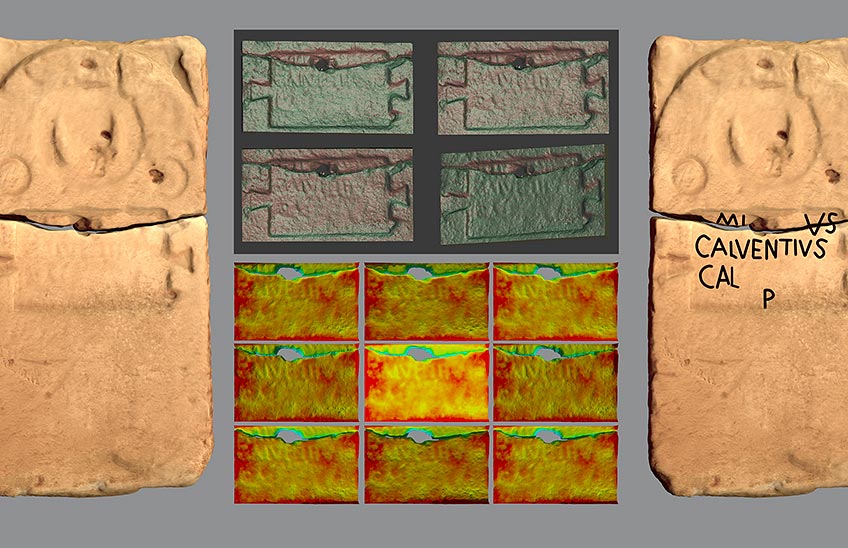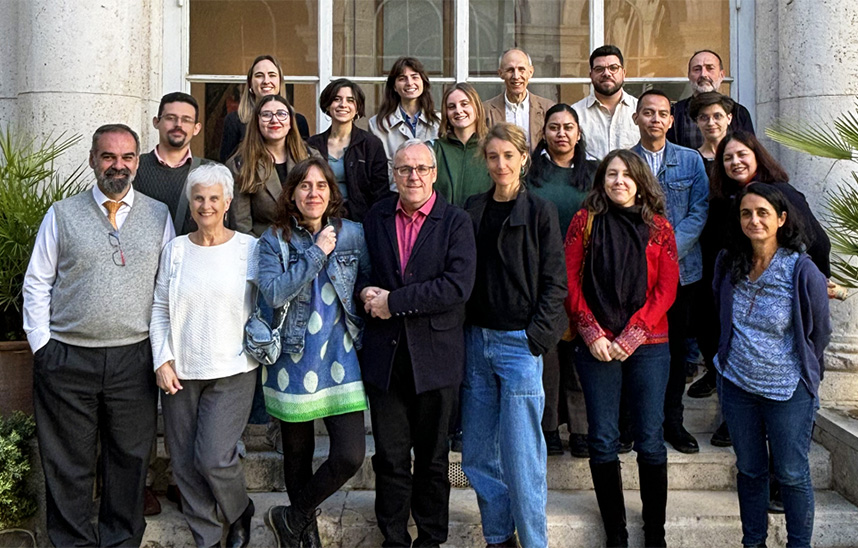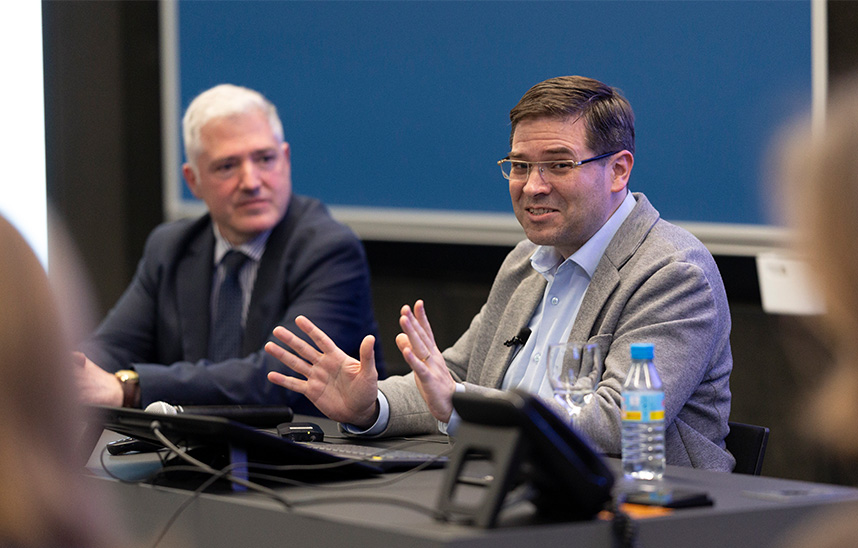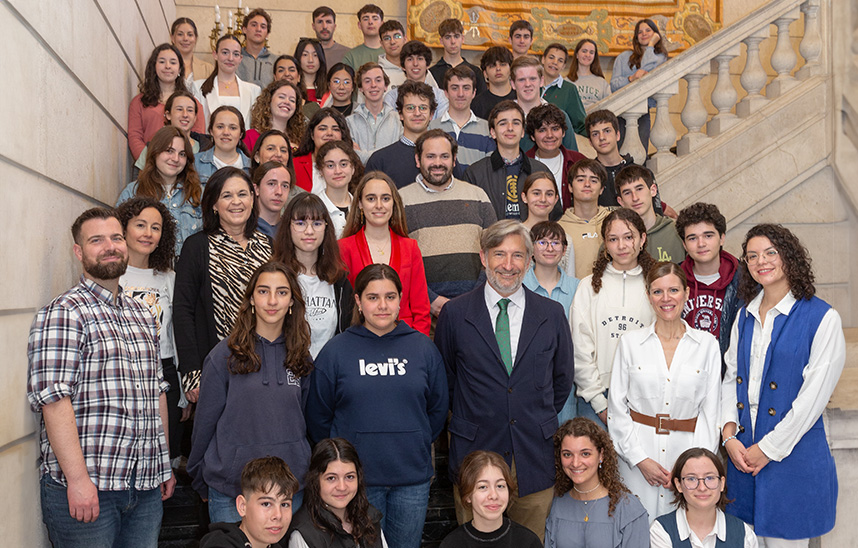news_FYL_2021_01_01_13_project_registrations_places
A project coordinated by the University will digitize in 3D the inscriptions of some Roman sites to include them in a historical video game.
The initiative, in which seven other entities from Italy, France and Portugal are participating, has been funded by the European Commission under the Creative Europe program framework .

FotoCedida/registration funerary of the necropolis of a rural settlement of Castiliscar (Zaragoza), today in the Museum of Castiliscar, whose digitization has allowed to read the text and recreate its volume.
13 | 01 | 2021
The landscape that made up the inscriptions of various Roman cities in the West, from ancient Lusitania to Rome, passing through Gaul and Hispania, can be seen in a historical video game thanks to a project coordinated by the School of Philosophy and Letters of the University of Navarra. Together with seven other institutions from Portugal, France and Italy, the academic center has launched "Valete vos viatores: un viaje por el Imperio Romano a través de las inscripciones". This is an initiative that will digitize and convert into 3D images a series of Latin inscriptions preserved in different sites in the aforementioned countries. Among others, it will stop at Santa Cruz de Eslava (Navarra) or Los Bañales (Aragón), two cities of the ancient Vascones with numerous inscriptions and in whose work students of the School of Philosophy and Letters of the University of Navarra participate every year.
The results of this project, which will be completed in 2022, will be included in a video game that will cover the Roman Empire from its provinces to the capital, paying special attention to epigraphic documentation. In this regard, Javier Andreu, director of Diploma in Archaeology at the University of Navarra and researcher and coordinator of project, explained that in Antiquity, "the inscriptions were a very important means of communication, a way to spread the Latin language and generate a common culture. The Roman epigraphic heritage reflects the first sign of globalization in history and, nevertheless, it is not usually valued in archaeological sites or museums". He also pointed out that "the use of new technologies, such as 3D scanning or digital photogrammetry, offers many possibilities for disseminating the results of research and thus facilitating a better understanding of heritage, making history more accessible to visitors to museums and sites". Pablo Serrano and Iker Ibero, members of the team that in recent years has collaborated with Santa Criz and Los Bañales, will participate in the digitization work.
Valete vos viatores is one of only two Spanish projects selected in the EACEA call of the Creative Europe program - average (Bridging culture and audiovisual content through digital), of the European Commission. The goal of the program is to support initiatives that develop innovative approaches between culture, audiovisual and new technologies. "The results of this work will provide the cultural sector with new and attractive tools, which will help to increase its issue of visitors, as well as to better understand our heritage," said Andreu. In the framework of the project is also planned the production of a series of five documentary videos that will be published on the website laboratory of Humanities Digital School of Philosophy and Letters and that will bring the secrets of the Latin inscriptions to the public. On the other hand, the project has foreseen the participation of students of the Diploma of Archaeology in some tasks of management and documentation.
The institutions collaborating in this project together with the University of Navarra are CLAU Creative Services S.L. (Spain), Trahelium Studio S.L. (Spain), the University of La Sapienza (Italy), the National Roman Museum (Italy), the University of Bordeaux Michel de Montaigne (France), the University of Coimbra (Portugal) and the municipality of Idanha-a-Nova (Portugal).

Equestrian pedestal to the emperor Tiberius appeared in 2015 in the forum of the Roman city of Los Bañales. Its 3D recreation is the work of Pablo Serrano and Iker Ibero.





